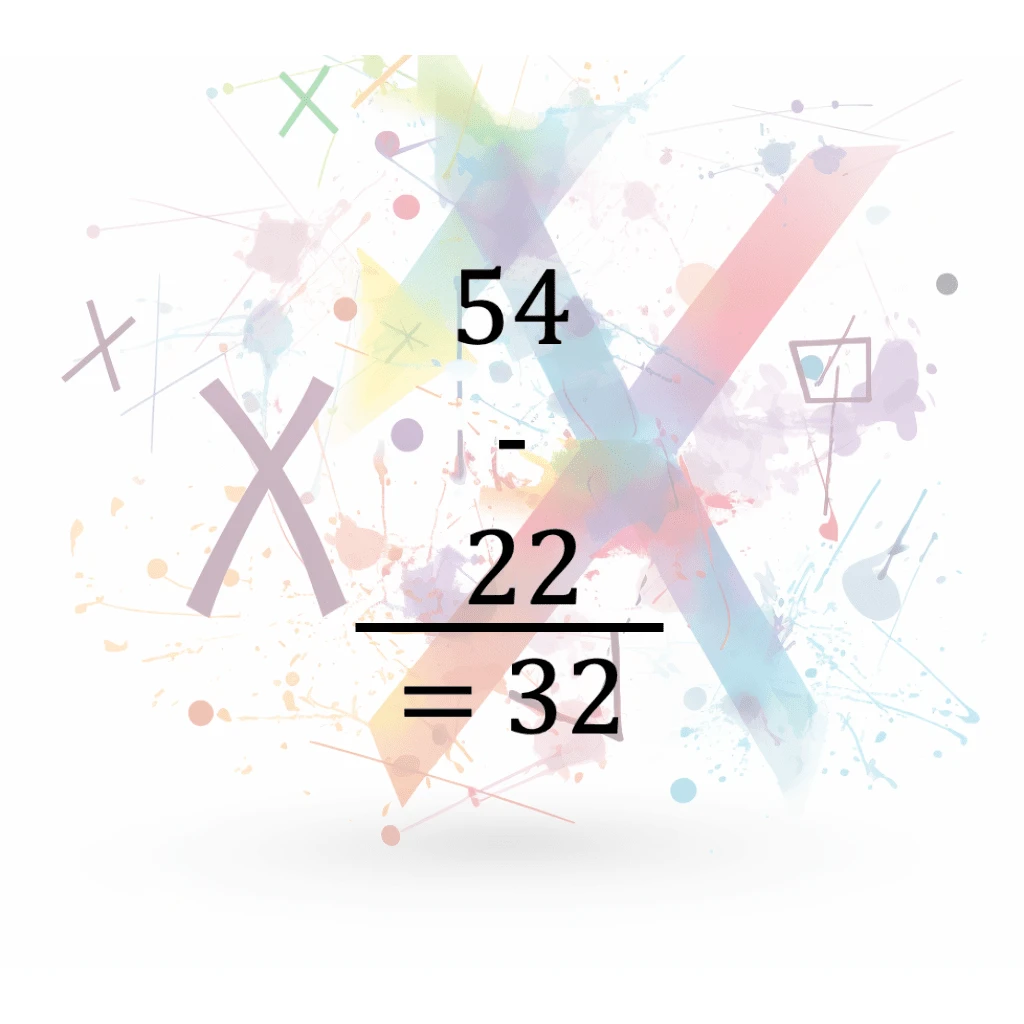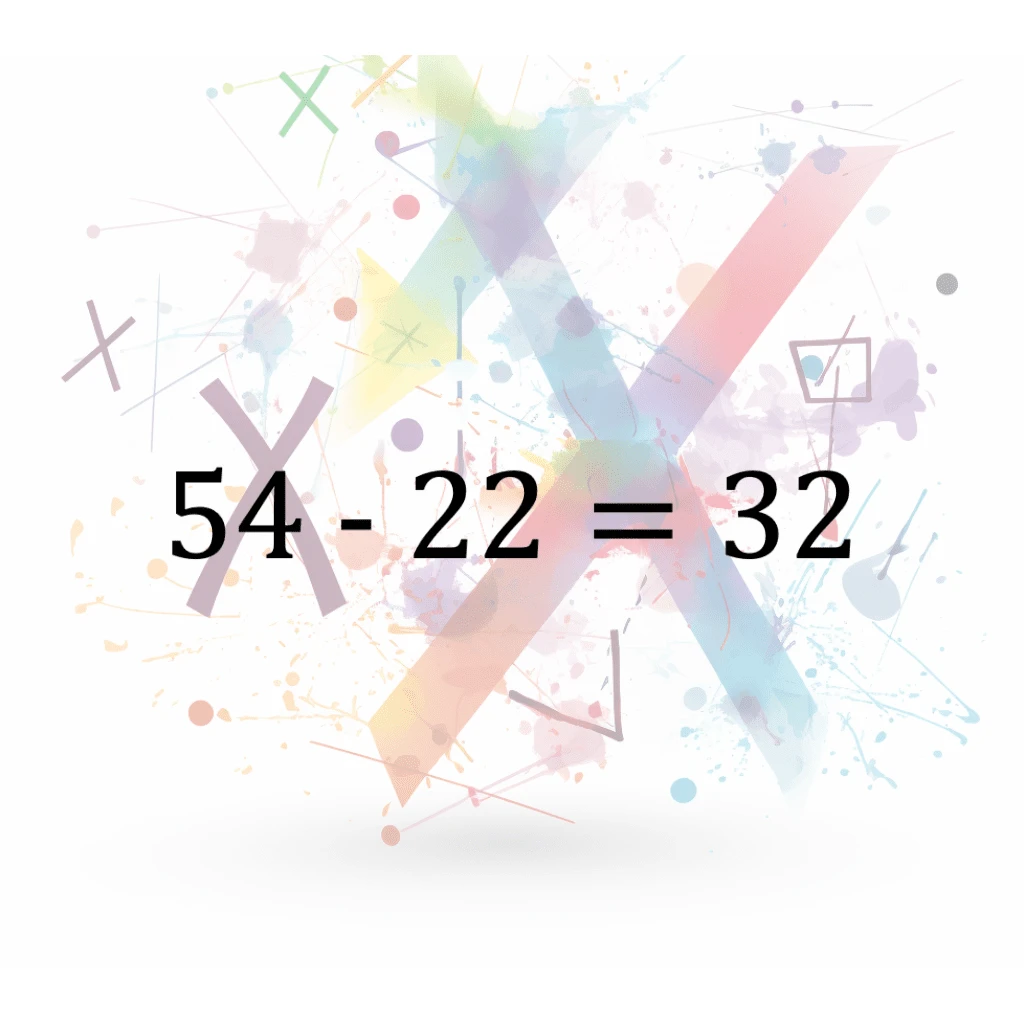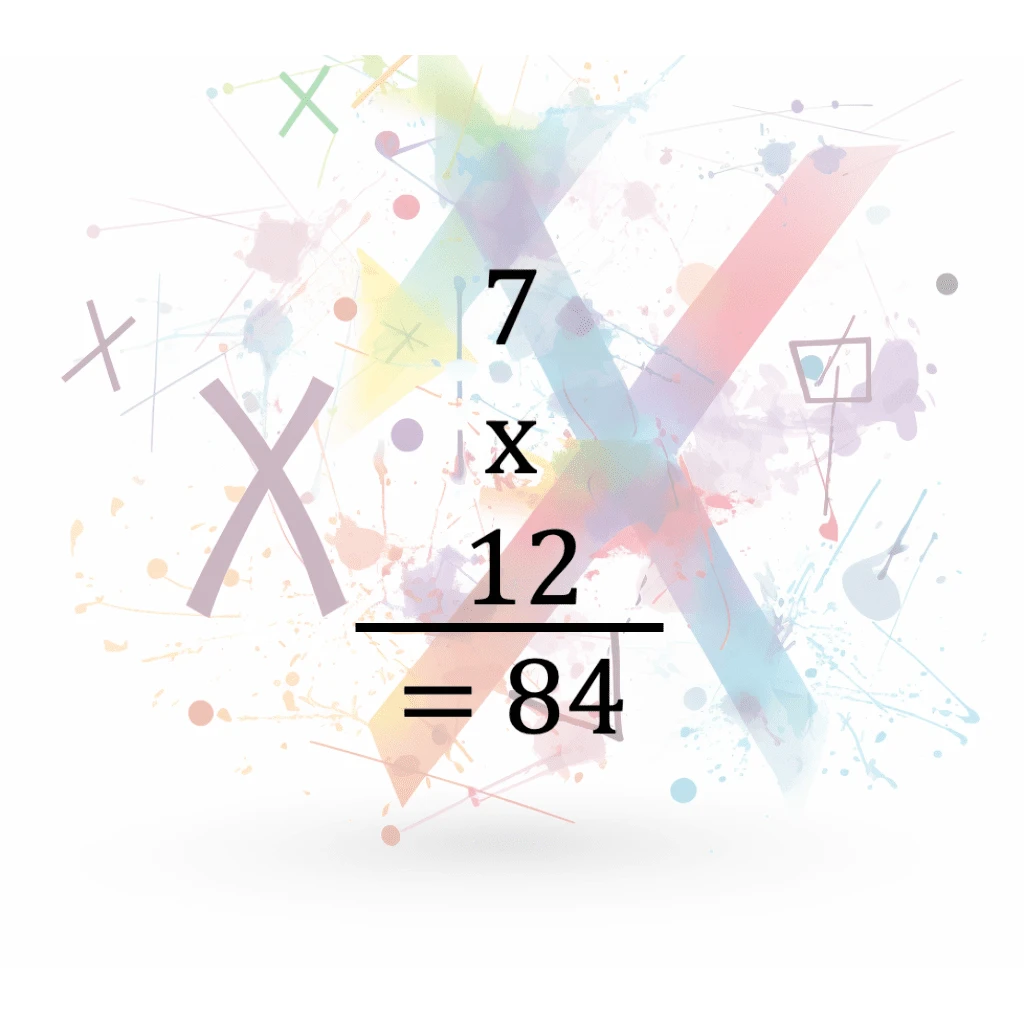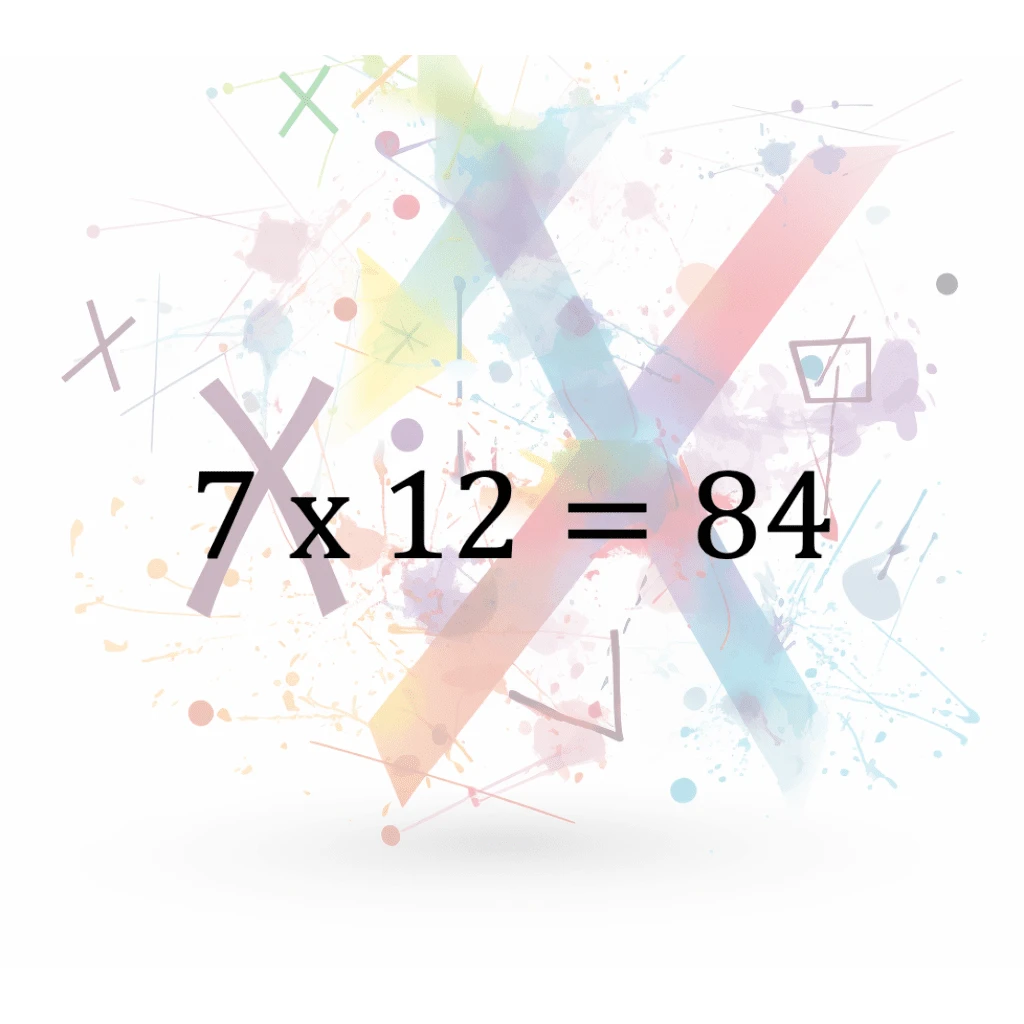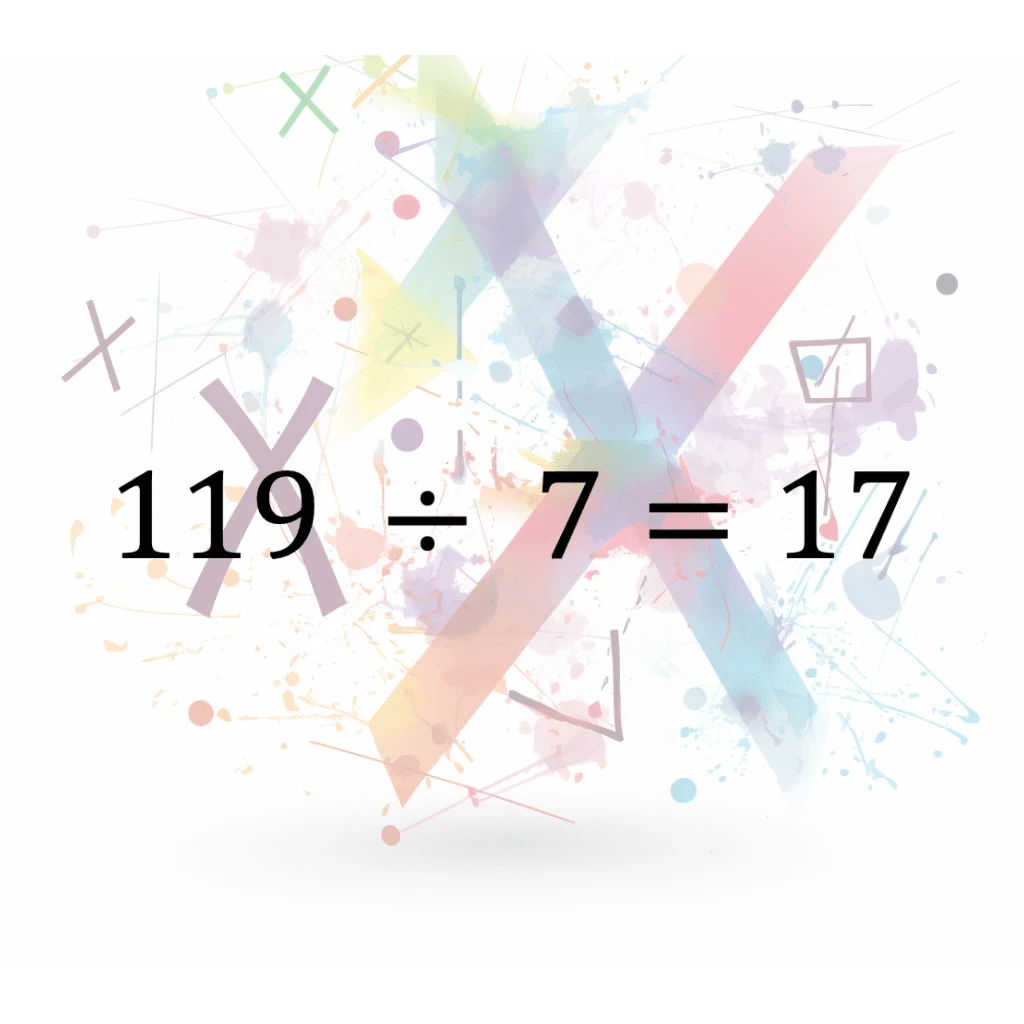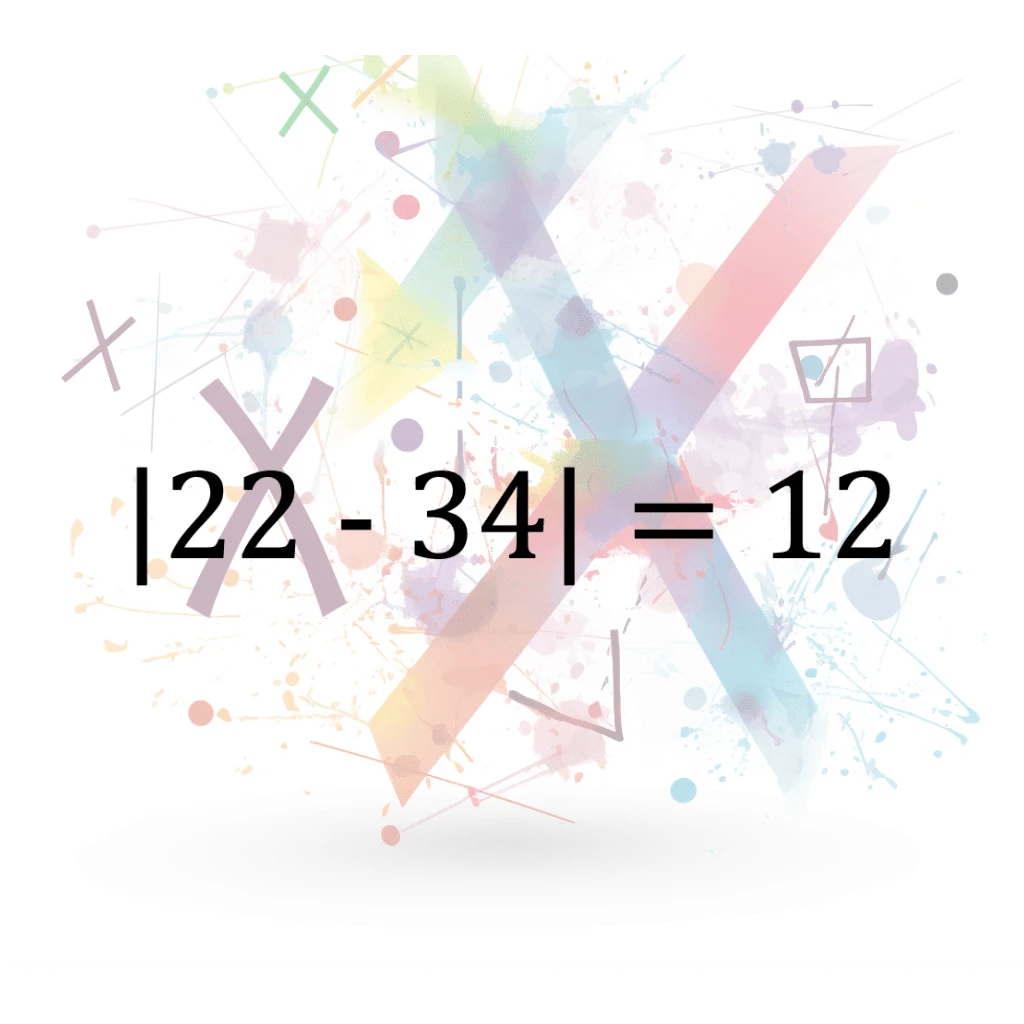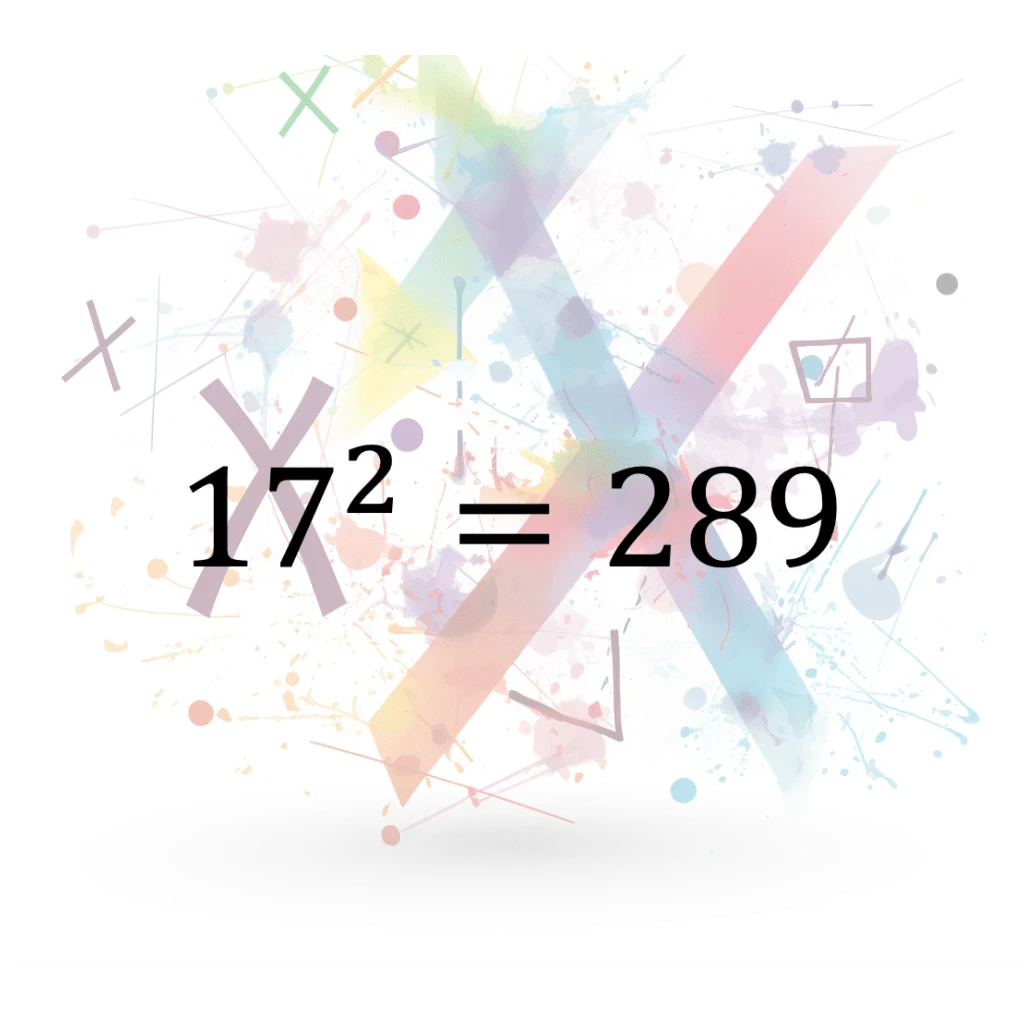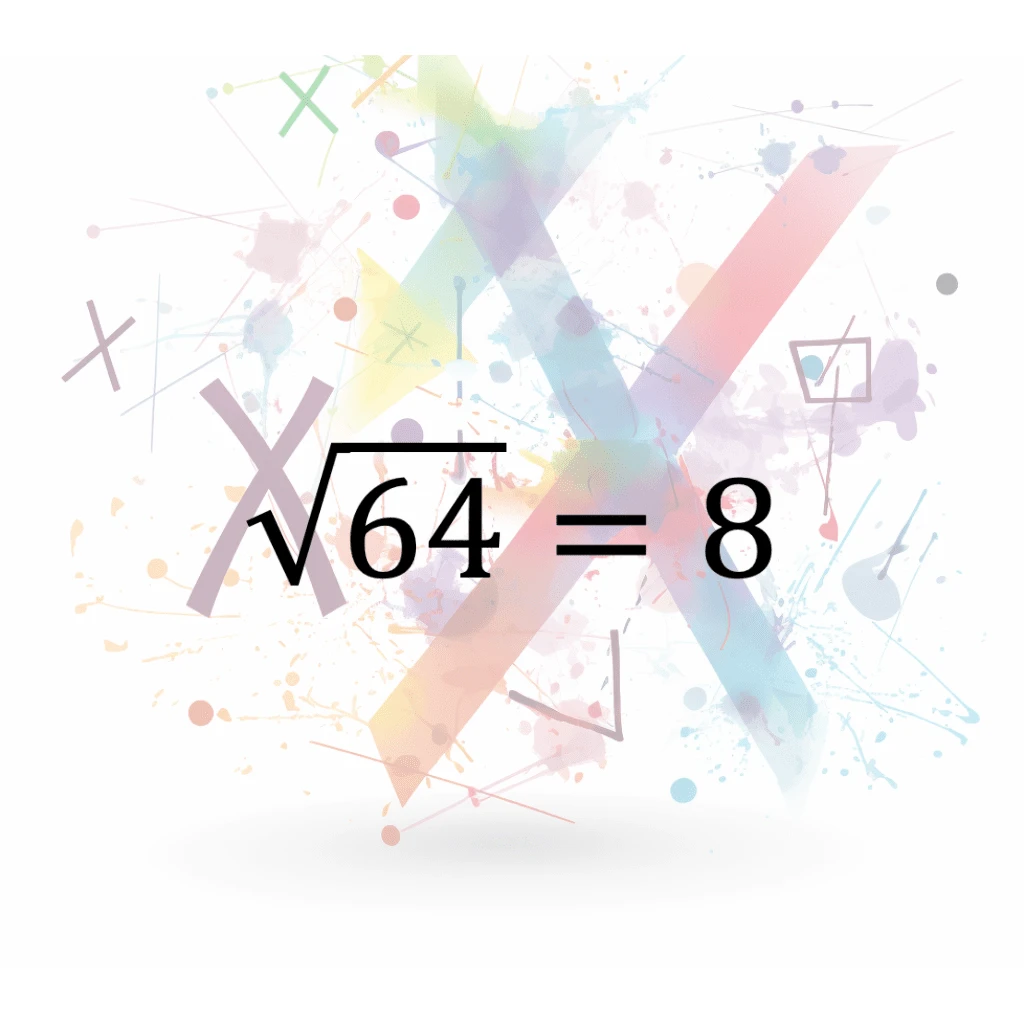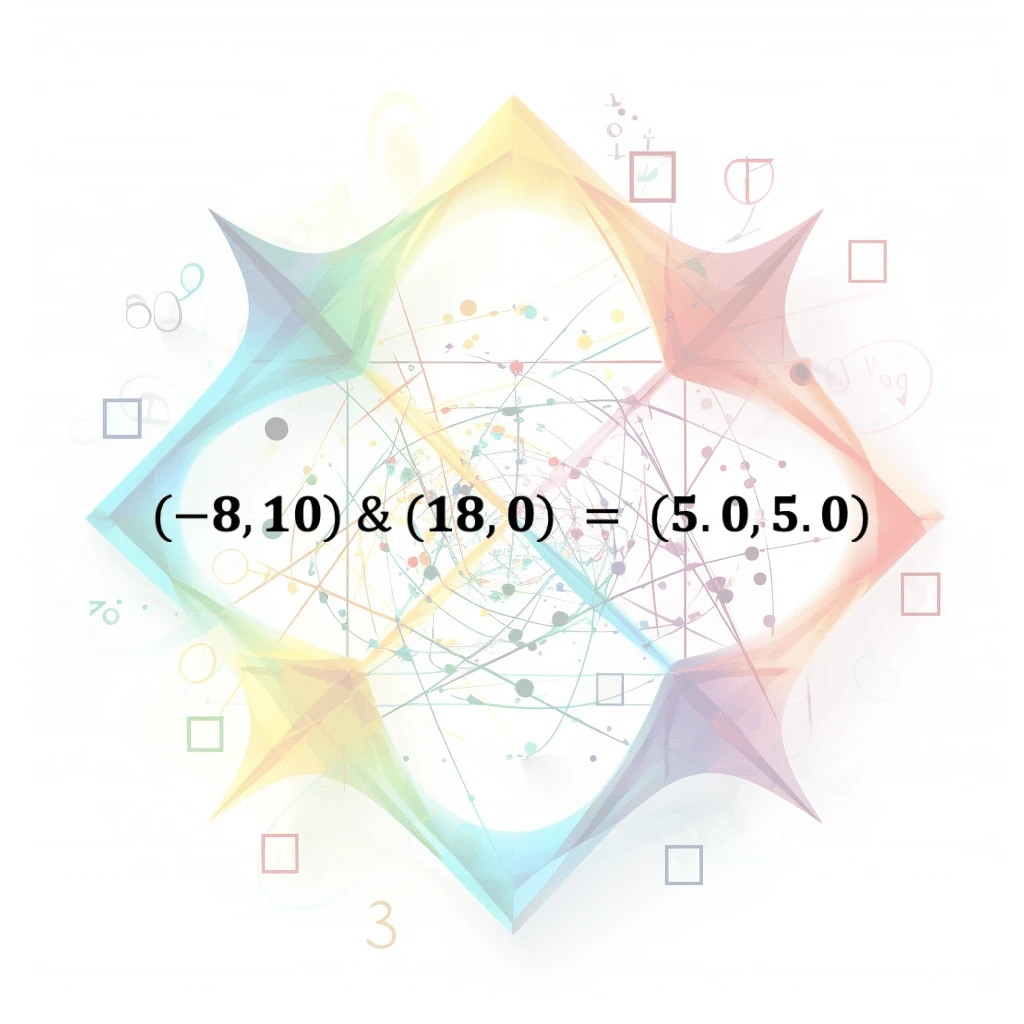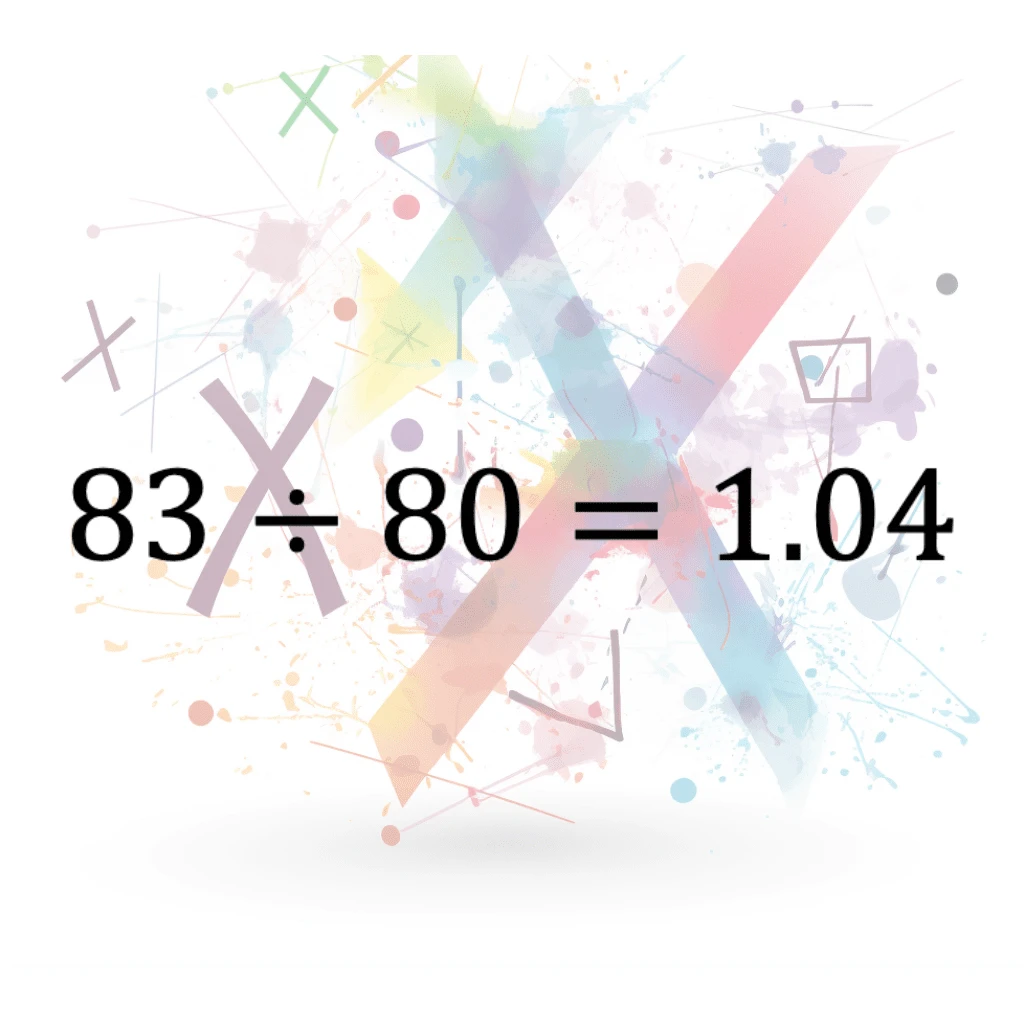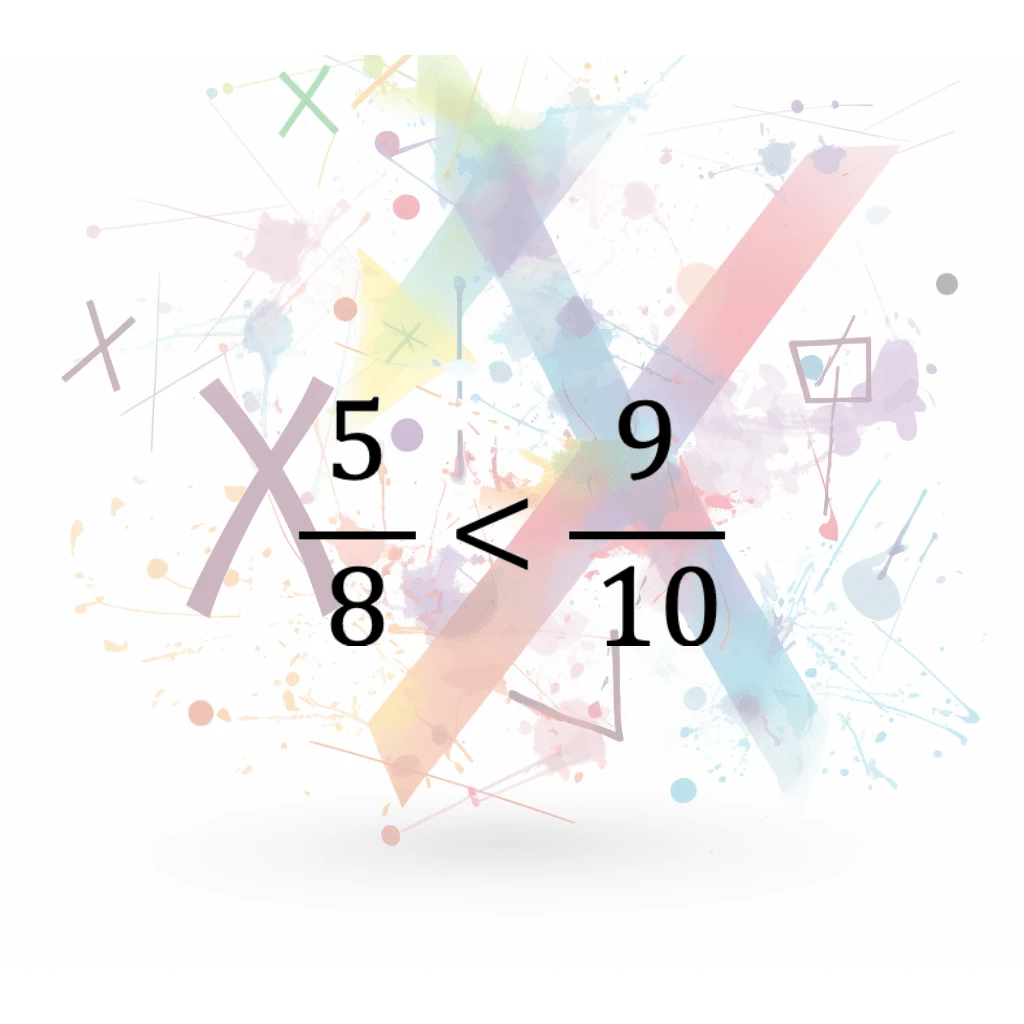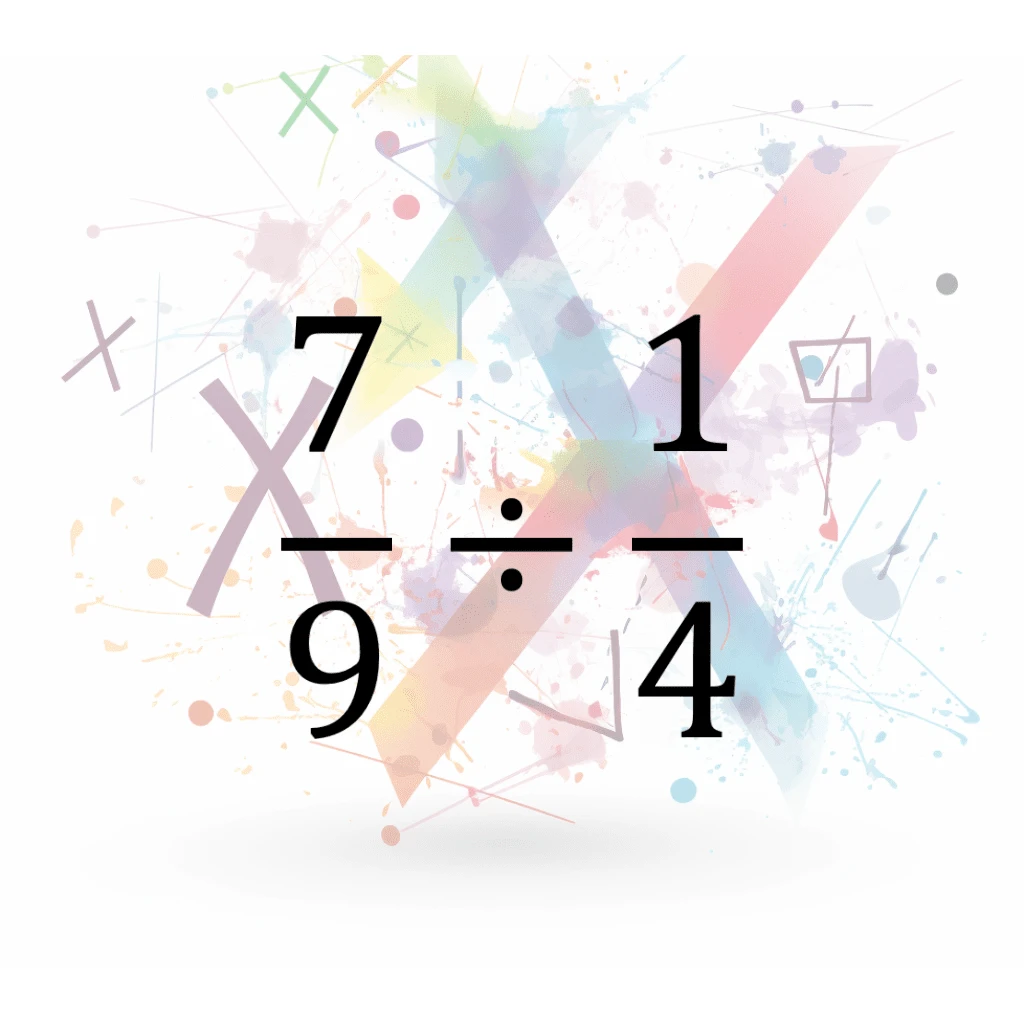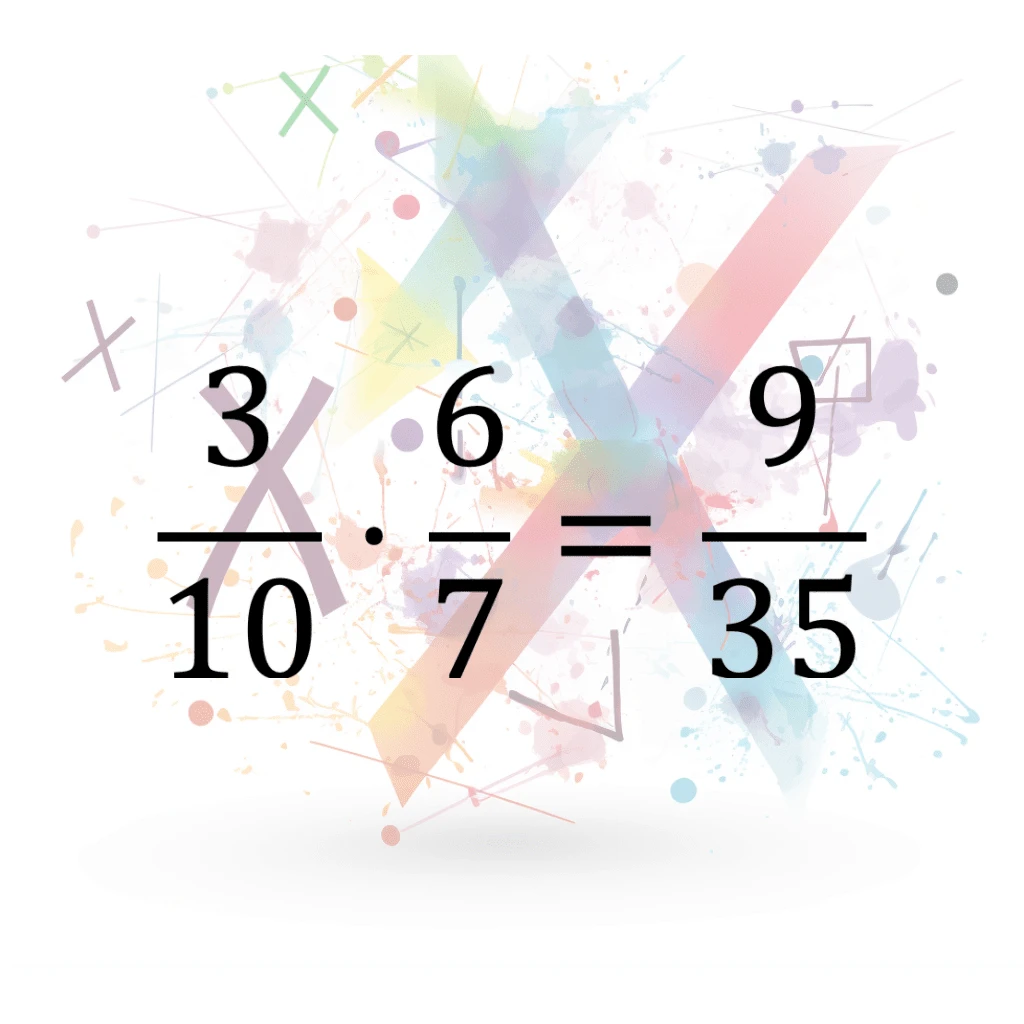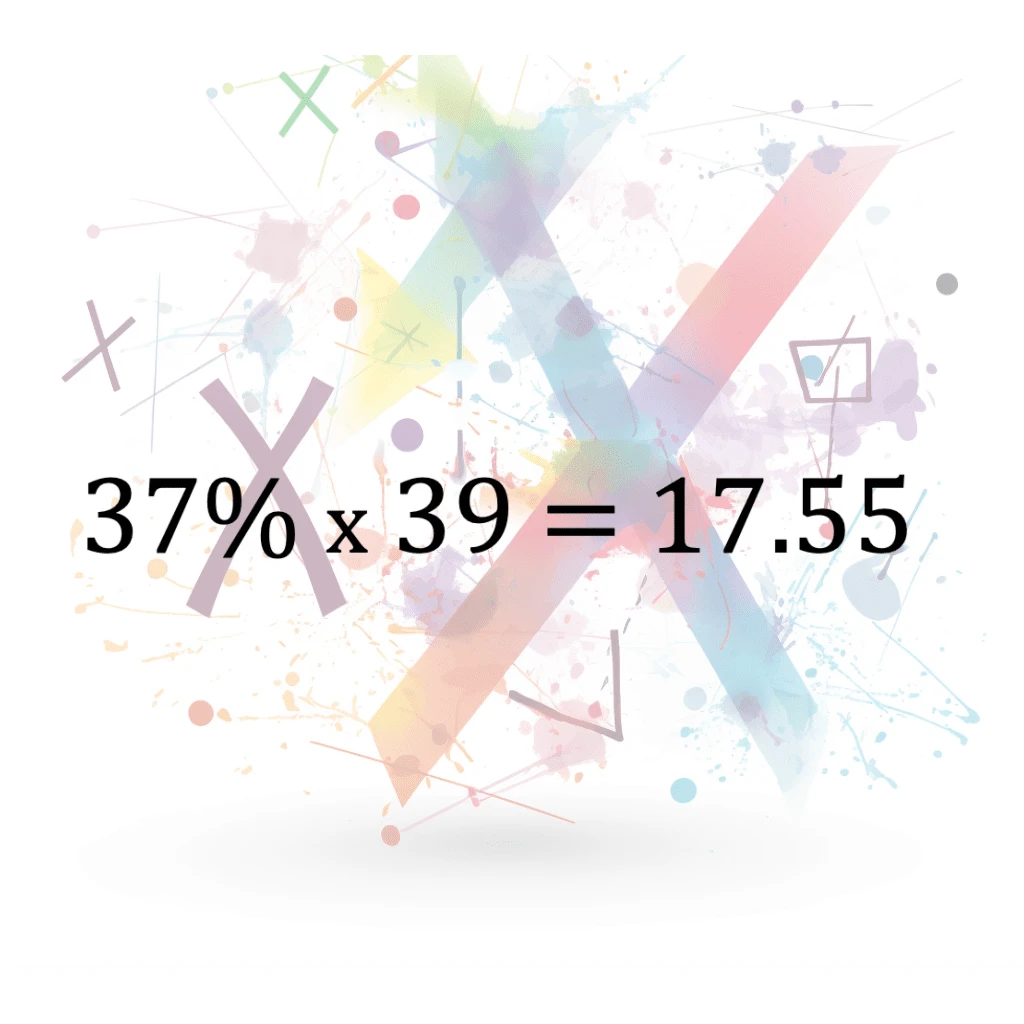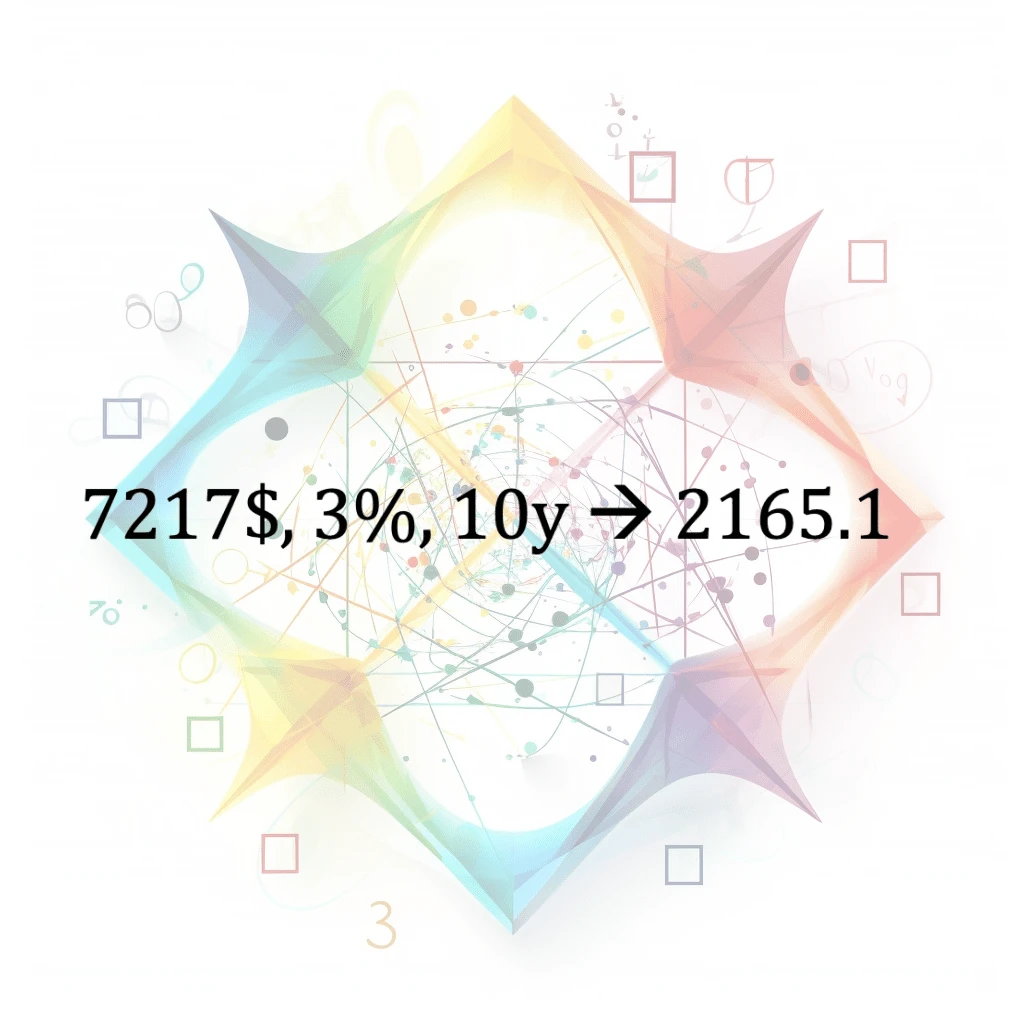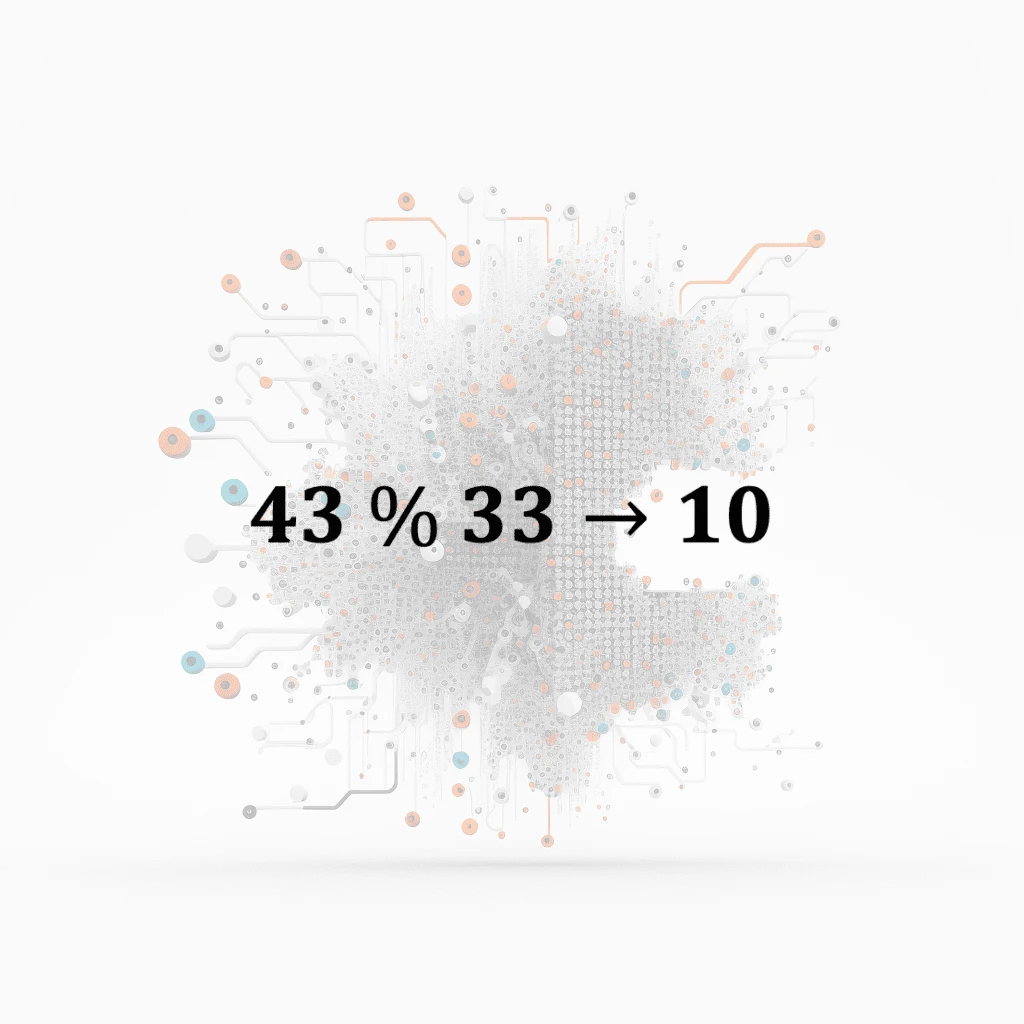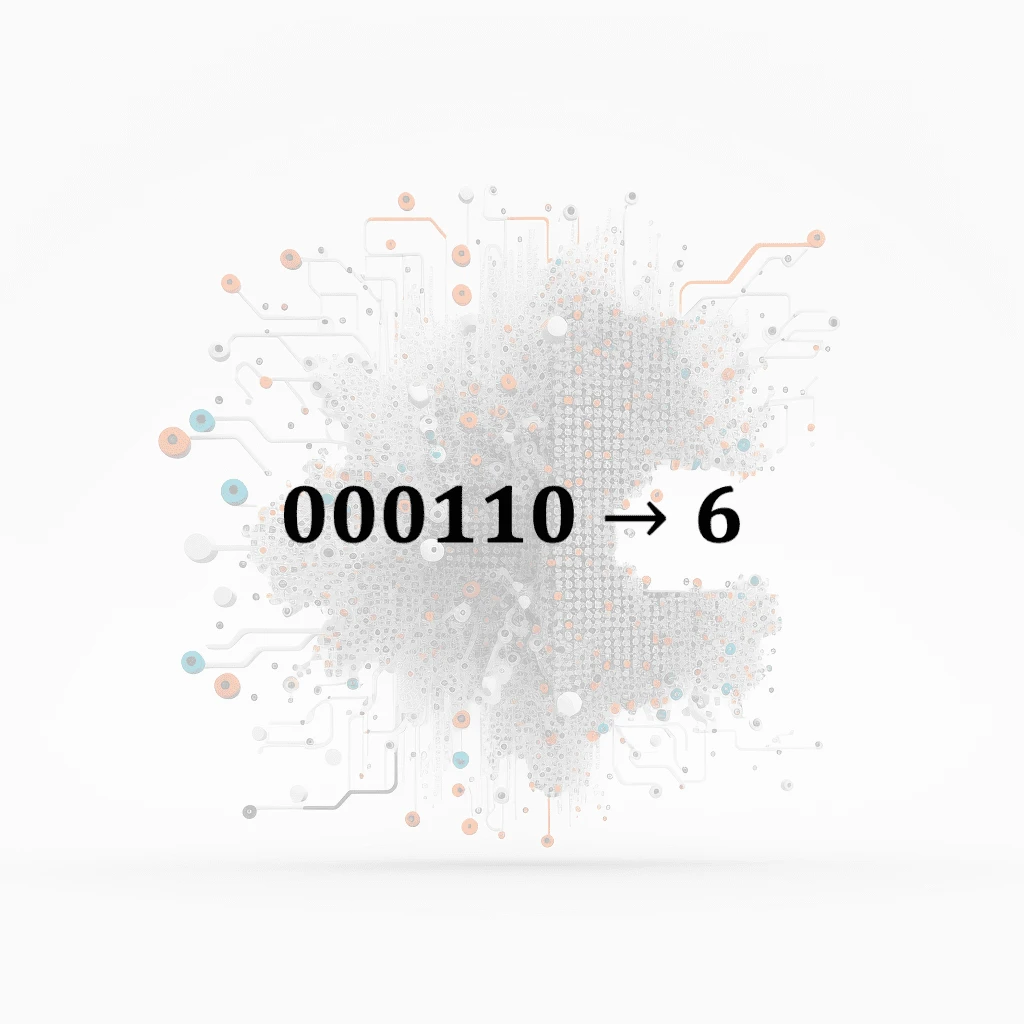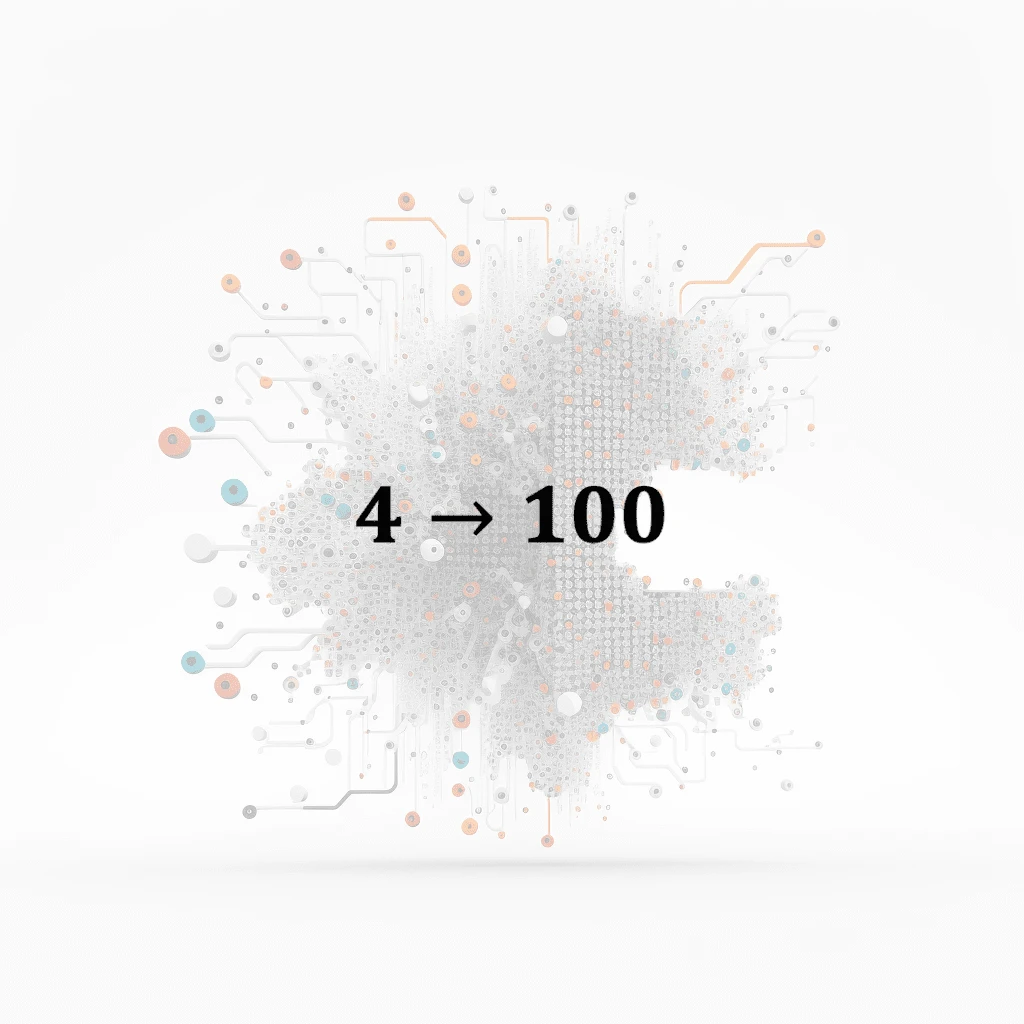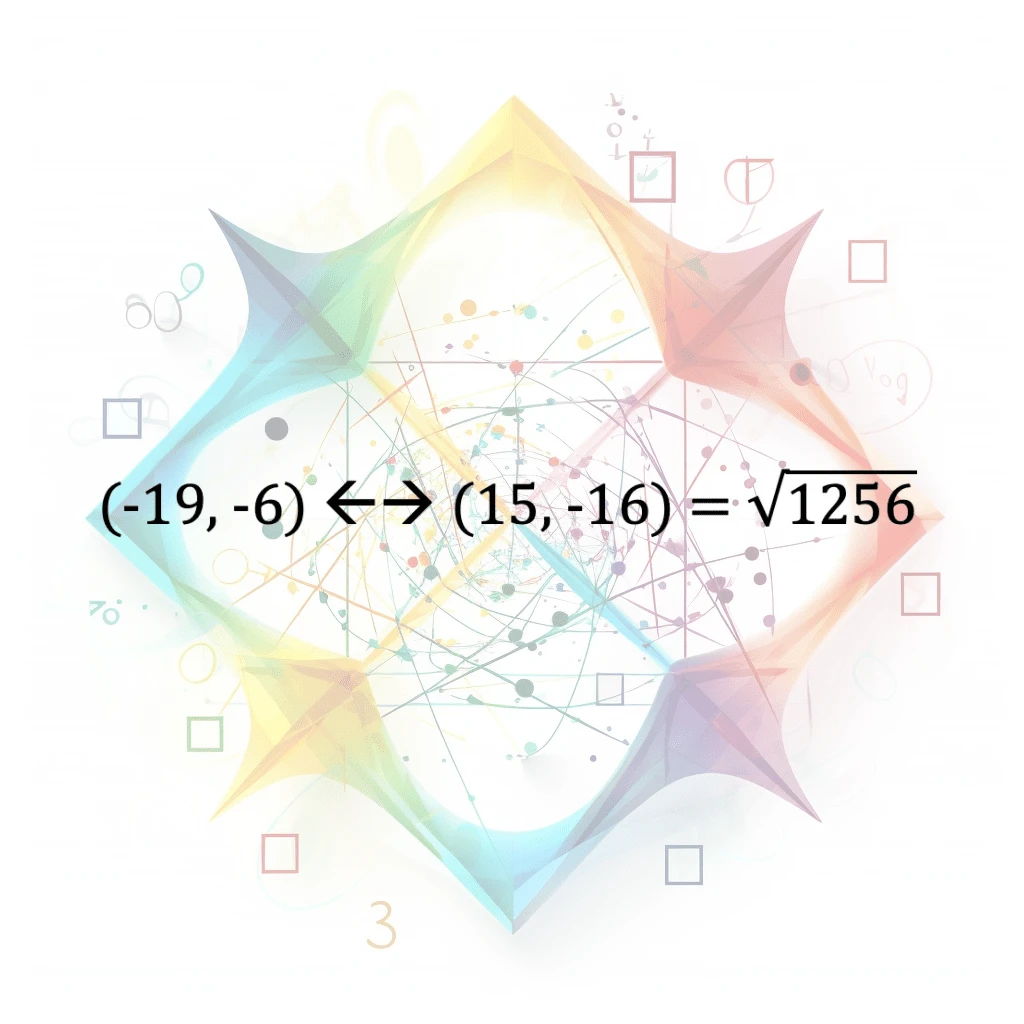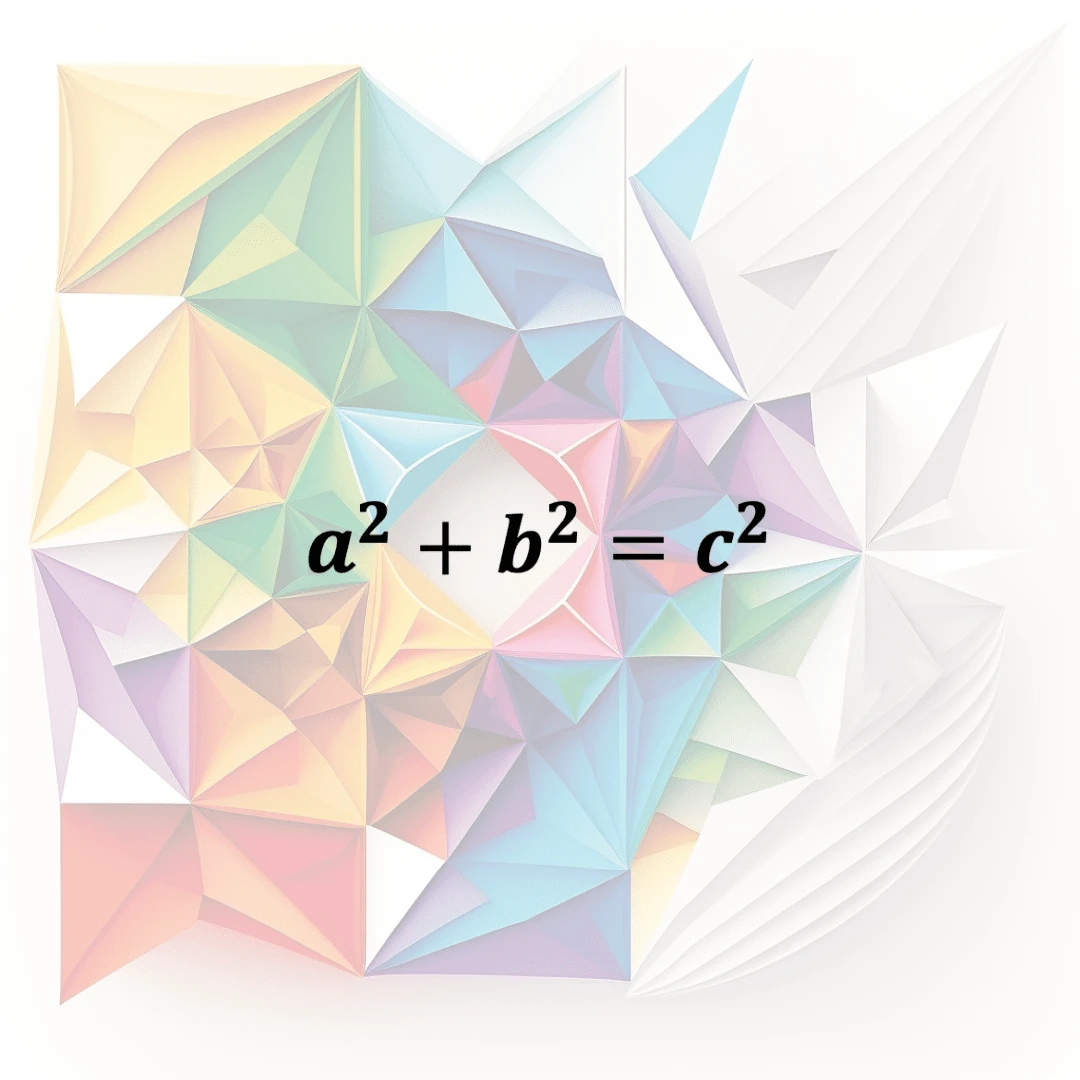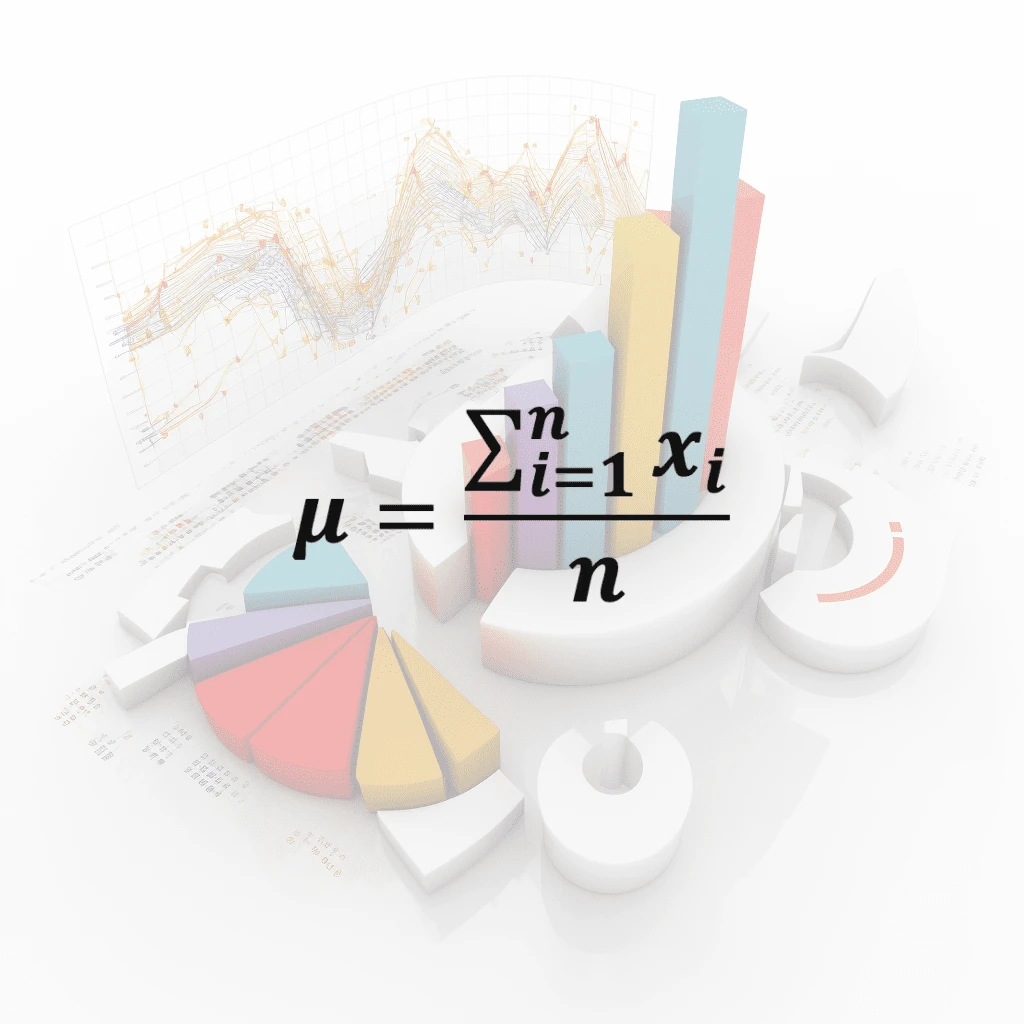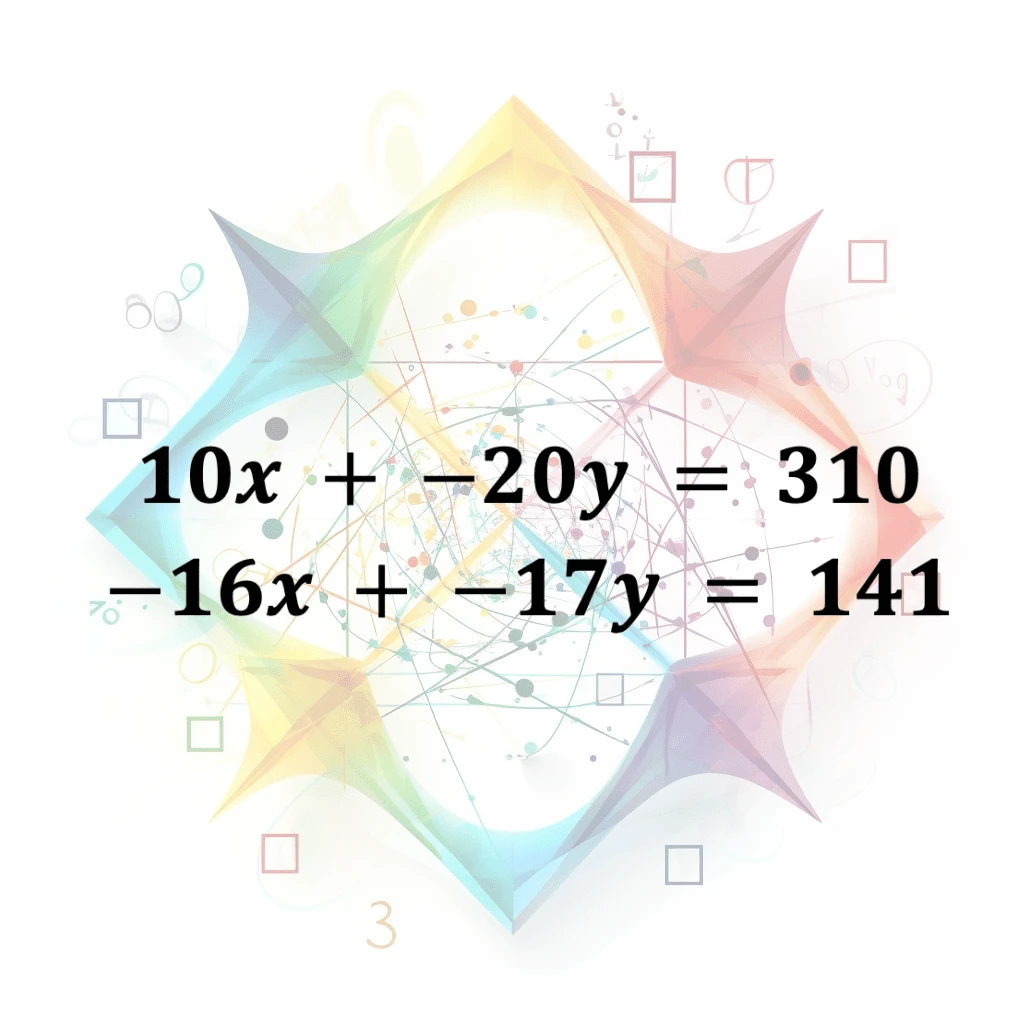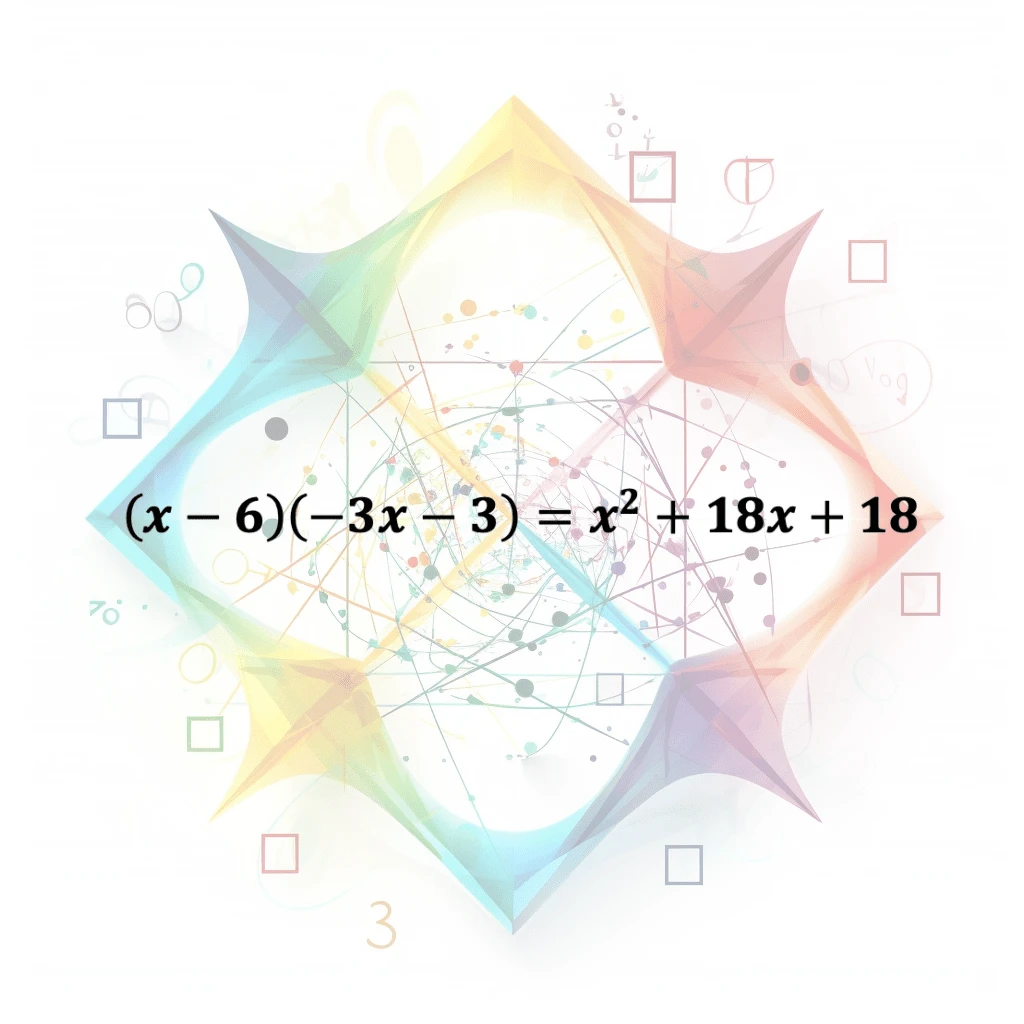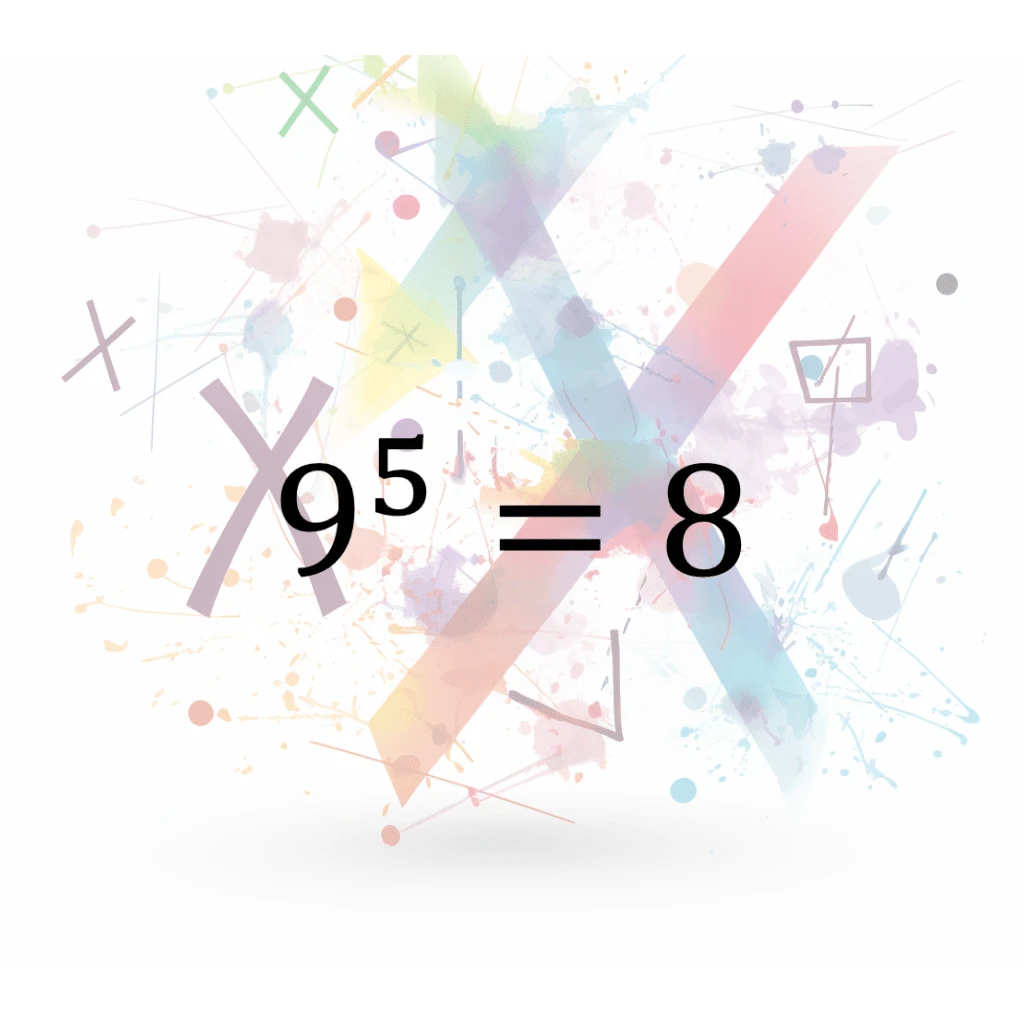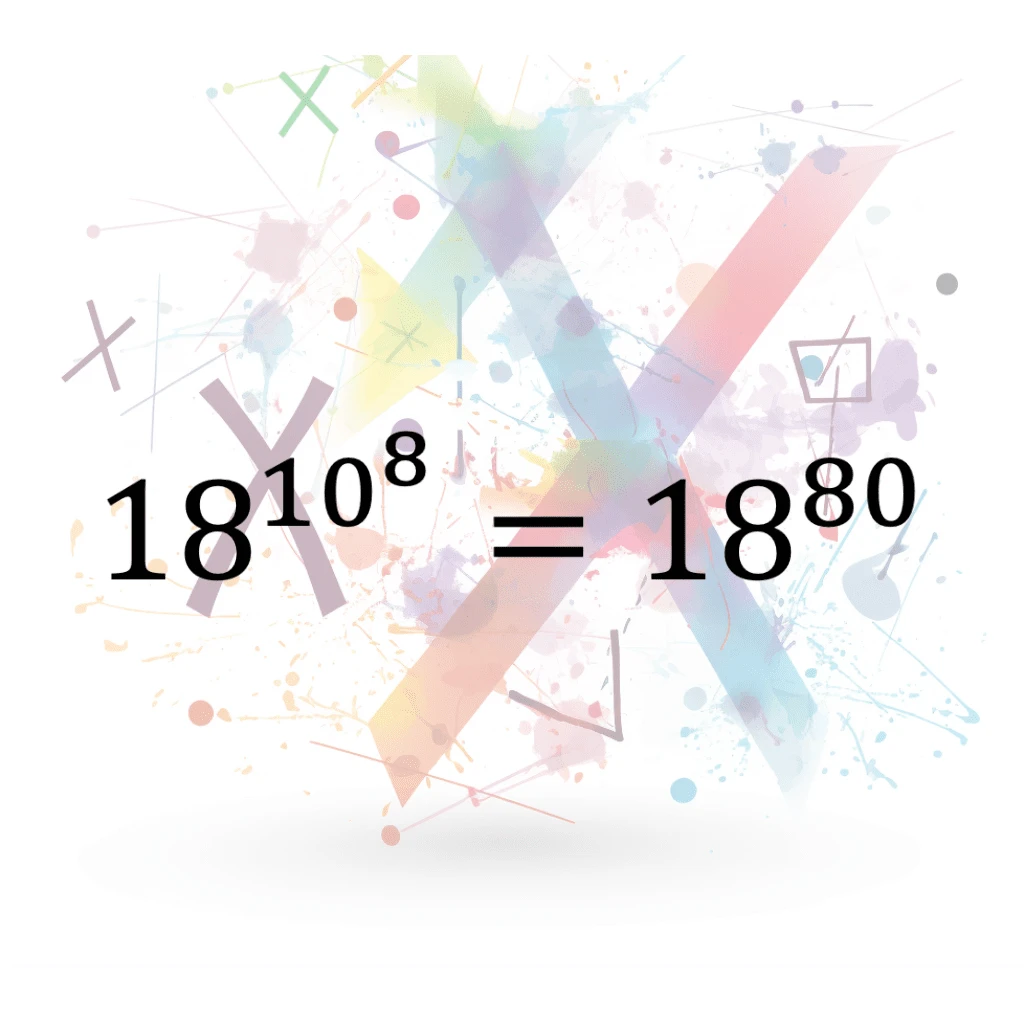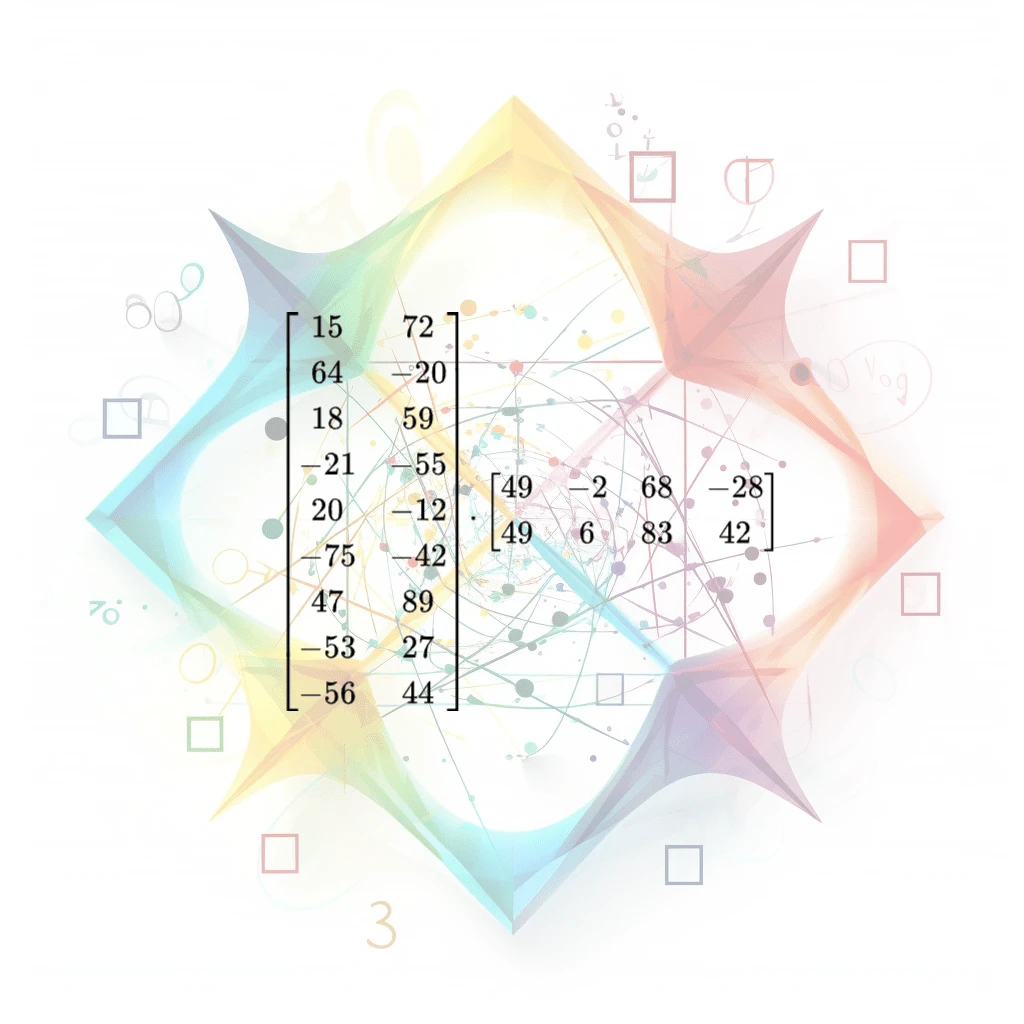Addition Decimal
Addition with decimals involves combining numbers that include fractional or decimal parts to find their sum.
Subtraction Decimal
Subtraction with decimals is the process of finding the difference between two numbers that have decimal points. It is used when we need to subtract quantities that include fractional or decimal part…
Subtraction
Subtraction is when you take away one number from another number to get a smaller number. For example, if you subtract 2 from 5, you get 3.
Subtraction / In Line
Subtraction is when you take away one number from another number to get a smaller number. For example, if you subtract 2 from 5, you get 3.
Multiplication Decimal
Multiplication with decimals involves multiplying two or more numbers that have decimal points. It is used when we need to find the product of quantities that include fractional or decimal parts.
Multiplication
Multiplication is when you add a number to itself a certain number of times. For example, if you multiply 2 by 3, you get 6, because 2 + 2 + 2 = 6.
Multiplication / In Line
Multiplication is when you add a number to itself a certain number of times. For example, if you multiply 2 by 3, you get 6, because 2 + 2 + 2 = 6.
Division Decimal
Division with decimals involves dividing one number by another, where one or both numbers have decimal points. It is used when we need to find the quotient or the result of dividing quantities that i…
Absolute Difference
The absolute difference is the positive difference between two numbers. For example, the absolute difference between 5 and 3 is 2, because the difference between them is 2 and it's positive.
Is Composite
A composite number is a number that has more than two factors. For example, 10 is a composite number because it has factors of 1, 2, 5, and 10.
Square Root
The square root is the number that you multiply by itself to get another number. For example, the square root of 16 is 4, because 4 multiplied by itself equals 16.
Midpoint Of Two Points
A mathematical concept that represents the point that is equidistant from two given points in a Cartesian coordinate system. Calculated as the average of the x-coordinates and the y-coordinates of th…
Third Angle Of Triangle
The third angle of a triangle is the measure of the angle opposite the third side of the triangle.
Valid Triangle
A triangle is said to be valid if the sum of the lengths of any two sides is always greater than the length of the third side.
Sum Of Polygon Angles
The sum of the interior angles of a polygon is the total of all the angles inside the polygon.
Fraction To Decimal
Converting a fraction to a decimal means expressing a fraction in terms of a decimal point. For example, if you convert 1/2 to a decimal, it equals 0.5.
Compare Fractions
Comparing fractions means deciding which fraction is bigger or smaller. For example, if you compare 1/2 and 1/4, you can see that 1/2 is bigger because it represents half of something, while 1/4 repr…
Divide Fractions
Dividing fractions means splitting something into equal parts. For example, if you divide 1/4 by 1/2, you get 1/2, because half of a quarter is an eighth.
Fraction Multiplication
Multiplying fractions means making something bigger by multiplying it by a fraction. For example, if you multiply 1/2 by 2, you get 1, because 1/2 of something multiplied by 2 equals the whole thing.
Percentage
A percentage is a way of expressing a fraction or part of something as a number out of 100. For example, if you have 50 out of 100, that's the same as 50%.
Simple Interest
A method of calculating interest on a loan or investment based only on the original principal amount, without taking into account any compounding or additional interest over time. Calculated as the p…
Modulo Division
A mathematical operation that calculates the remainder when one number is divided by another. Denoted by the symbol "%", it is commonly used in computer programming, cryptography, and number theory f…
Binary To Decimal
Binary to decimal conversion is the process of converting a binary number to its equivalent decimal (base 10) representation. This involves multiplying each bit of the binary number by the correspond…
Decimal To Binary
Decimal to binary conversion is the process of converting a decimal number to its equivalent binary (base 2) representation. This involves dividing the decimal number by 2 repeatedly and recording th…
Area Of Triangle
The area of a triangle is the measure of the amount of space inside the triangle.
Surface Area Cylinder
The surface area of a cylinder is the total area of all its faces, including the top and bottom faces and the lateral surface.
Volume Cube
The measure of space occupied by a cube, which is a three-dimensional geometric shape with six equal square faces that meet at right angles. The volume of a cube is calculated using the formula V = s…
Volume Cuboid
The measure of space occupied by a cuboid, which is a three-dimensional geometric shape with six rectangular faces that meet at right angles. The volume of a cuboid is calculated using the formula V …
Volume Cylinder
The measure of space occupied by a cylinder, which is a three-dimensional geometric shape with two parallel circular bases connected by a curved lateral surface. The volume of a cylinder is calculate…
Volume Cone
The measure of space occupied by a cone, which is a three-dimensional geometric shape with a circular base that tapers to a point called the apex. The volume of a cone is calculated using the formula…
Volume Pyramid
The measure of space occupied by a pyramid, which is a three-dimensional geometric shape with a polygonal base and triangular sides that meet at a common point called the apex. The volume of a pyrami…
Volume Sphere
The measure of space occupied by a sphere, which is a three-dimensional geometric shape with a curved surface that is equidistant from a common center point. The volume of a sphere is calculated usin…
Volume Hemisphere
The measure of space occupied by a hemisphere, which is half of a sphere, a three-dimensional geometric shape with a curved surface that encloses a volume. The volume of a hemisphere is calculated us…
Distance Two Points
The distance between two points in a two-dimensional coordinate system can be calculated using the distance formula, also known as the Euclidean distance. The distance formula is given by: d = sqrt((…
Pythagorean Theorem
The Pythagorean theorem states that in a right triangle, the square of the length of the hypotenuse is equal to the sum of the squares of the lengths of the other two sides.
Complementary And Supplementa…
Complementary angles are two angles whose sum is 90 degrees, while supplementary angles are two angles whose sum is 180 degrees.
Data Summary
The mean, standard deviation, and variance are measures of central tendency and dispersion that are commonly used to summarize a data set. The mean is the average value of the data set, calculated by…
Mean Median
The arithmetic mean and median are measures of central tendency that are commonly used to summarize a data set. The arithmetic mean is the average value of the data set, calculated by adding all the …
nth Fibonacci Number
A sequence of numbers in which each number is the sum of the two preceding numbers, starting from 0 and 1. The nth Fibonacci number is commonly denoted as F(n) and can be calculated using various met…
Fibonacci Series
The Fibonacci series is a sequence of numbers in which each number is the sum of the two preceding numbers, starting from 0 and 1. The series typically starts with 0, 1, and then each subsequent numb…
Basic Algebra
Solving simple linear equations and working with basic algebraic expressions. Widely used in mathematics, physics, engineering, and everyday life for solving simple mathematical problems and understa…
Linear Equations
Mathematical equations that describe a linear relationship between two or more variables, typically in the form of y = mx + b, where m represents the slope, b represents the y-intercept, and x and y …
Exponentiation
Exponentiation is when you raise a number to a certain power. For example, if you have 2 to the power of 3, that means you multiply 2 by itself three times, which equals 8.
Power Of Powers
Power of powers is when you raise a number to a power and then raise the result to another power. For example, if you have 2 to the power of 3, and then raise that result to the power of 2, you get 6…
Matrix Multiplication
A mathematical operation that combines two matrices to produce a third matrix. Involves multiplying the elements of the rows of the first matrix with the corresponding elements of the columns of the …
© 2023 AI MATH COACH

